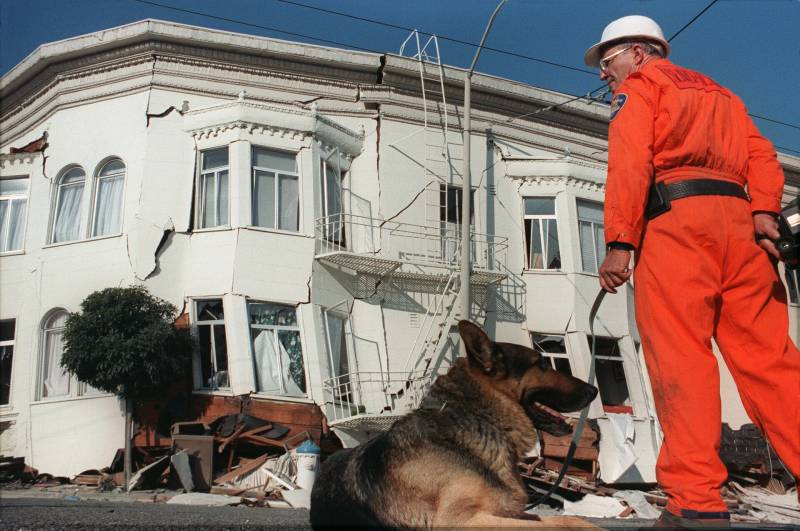After years of sluggish progress in developing the early warning system, Gov. Gavin Newsom unveiled MyShake statewide in 2019, to coincide with the 30th anniversary of the Loma Prieta earthquake, which ravaged the Bay Area on Oct. 17, 1989.
In 2020, the state successfully tested its ShakeAlert system, sending alerts to 5 million people who had downloaded UC Berkeley’s MyShake app.
The phone app warns users to “drop, cover, and hold on” if they are likely to experience shaking intensity of at least three — out of a maximum 10 — in a magnitude 4.5 or higher earthquake. Level-three shaking intensity will be felt “quite noticeably by persons indoors, especially on upper floors of buildings,” according to USGS’s scale.
USGS calculates that California has a 99.7% chance of being struck by at least a 6.7 magnitude earthquake within the next 30 years.
The system alerts people a few moments before a quake can be felt, so they can prepare. It uses numerous seismic stations to detect the start of an earthquake, and employs rapid communications to send the data to computers that instantly calculate the location, magnitude and intensity of shaking, sending out alerts to areas within the quake zone. The system, however, does not predict earthquakes.
Warnings produced by the ShakeAlert system are also pushed through the same wireless notification system that issues Amber Alerts.
A version of this story was originally published on Oct. 21, 2021.

